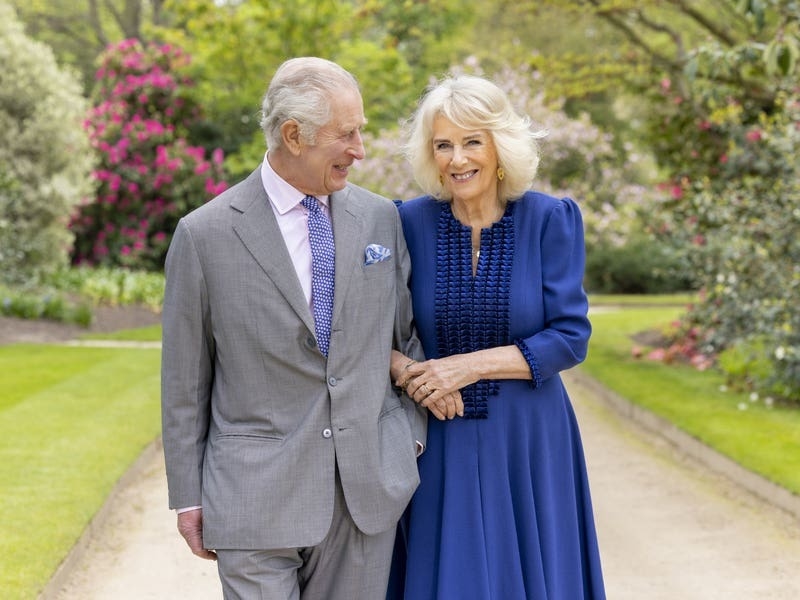And now, decades later, the St Brelade resident will use his expertise as the head of the World Jersey Cattle Bureau.
The Le Feuvres are an old Jersey family, but Mr Le Feuvre lived in the African nation until he was 19 with his parents, who kept Jerseys and other cows and worked as missionaries with the Salvation Army.
‘I was out there on a farm in the middle of Africa with 600 cows,’ he said. His father also taught farming to local small-scale farmers in the 1960s and 70s.
Elected as president of of the WJCB last month at a meeting in Ohio, the Jerseyman’s journey will come full circle when next year’s bureau meetings are held in Rwanda and his former African home, Kenya.
Jersey cows – all descended from those first recorded in the Island’s Herd Book of 1866 – are now found all over the globe. The WJCB has grew from the founding nations of Jersey, Australia, Canada, Denmark, England, France, New Zealand, South Africa and Sweden in 1951, to 35 member countries.
Mr Le Feuvre is the 12th president of the organisation and the fifth Jersey person to fill the role – following Professor Albert Messerby, the 9th Earl of Jersey George Child Villers, Anne Perchard and Derrick Frigot.
Mr Le Feuvre said: ‘I suppose, in the back of my mind, it may have been a lifelong ambition, but, in reality, you just don’t think it is ever going to happen.
‘To be the leader of the breed worldwide is something else. It’s a huge honour, but it is a great responsibility. You have to be passionate about the breed. I am hugely passionate about the breed and I want to see it develop not only in the countries where it currently exists, but other countries around the world, where the breed is there but it is not formalised.’
The WJCB is tasked with promoting the breed globally and co-ordinating the sharing of data, experiences, lessons and techniques among member countries.
Each of the organisation’s members maintains their own herd books – recording the details of the herd, including lineage and productivity – but all trace their roots back to Jersey.
Mr Le Feuvre hopes to grow that membership further and is committed to the goal of using the Jersey cow to lift families out of poverty in the developing world.
He has been involved with teaching insemination techniques in Rwanda since 2005. ‘There are a lot of Jersey-looking animals in Rwanda now,’ he said.
And he is now working with an organisation called Send a Cow, a Jersey Overseas Aid-funded project, as one cow can give a family a livelihood, allowing them to send their children to school and rise out of poverty.
The life of a Jersey varies from country to country. In New Zealand they are only grass fed and the climate allows them to stay outside all year. But the Jersey can also ‘convert fairly low-quality feed into very good milk,’ he said. ‘It’s also the smallest in size of the dairy breeds, so it takes less food to actually maintain it.
‘We see that a lot in the less developed countries of the world, where comparing a Jersey to a black and white [Holstein], it takes an awful lot of feed to keep a black and white alive and healthy, whereas a Jersey takes much less – that’s one of our natural advantages.’






